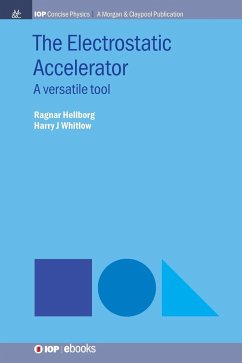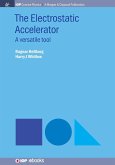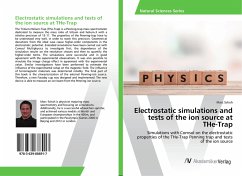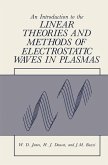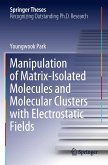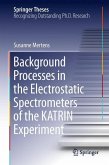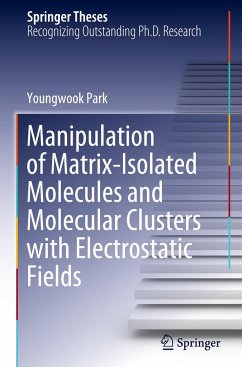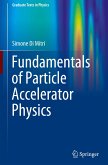Electrostatic Accelerators have been at the forefront of modern technology since the development by Sir John Cockroft and Ernest Walton in 1932 of the first accelerator, which was the first to achieve nuclear transmutation and earned them the Nobel Prize in Physics in 1951. The applications of Cockroft and Walton's development have been far reaching, even into our kitchens where it is employed to generate the high voltage needed for the magnetron in microwave ovens. Other electrostatic accelerator related Nobel prize winning developments that have had a major socio-economic impact are; the electron microscope where the beams of electrons are produced by an electrostatic accelerator, X-rays and computer tomography (CT) scanners where the X-rays are produced using an electron accelerator and microelectronic technology where ion implantation is used to dope the semiconductor chips which form the basis of our computers, mobile phones and entertainment systems. Although the Electrostatic Accelerator field is over 90 years old, and only a handful of accelerators are used for their original purpose in nuclear physics, the field and the number of accelerators is growing more rapidly than ever. The objective of this book is to collect together the basic science and technology that underlies the Electrostatic Accelerator field so it can serve as a handbook, reference guide and textbook for accelerator engineers as well as students and researchers who work with Electrostatic Accelerators.
Hinweis: Dieser Artikel kann nur an eine deutsche Lieferadresse ausgeliefert werden.
Hinweis: Dieser Artikel kann nur an eine deutsche Lieferadresse ausgeliefert werden.

